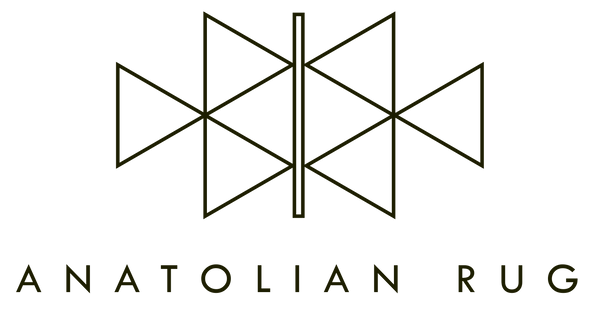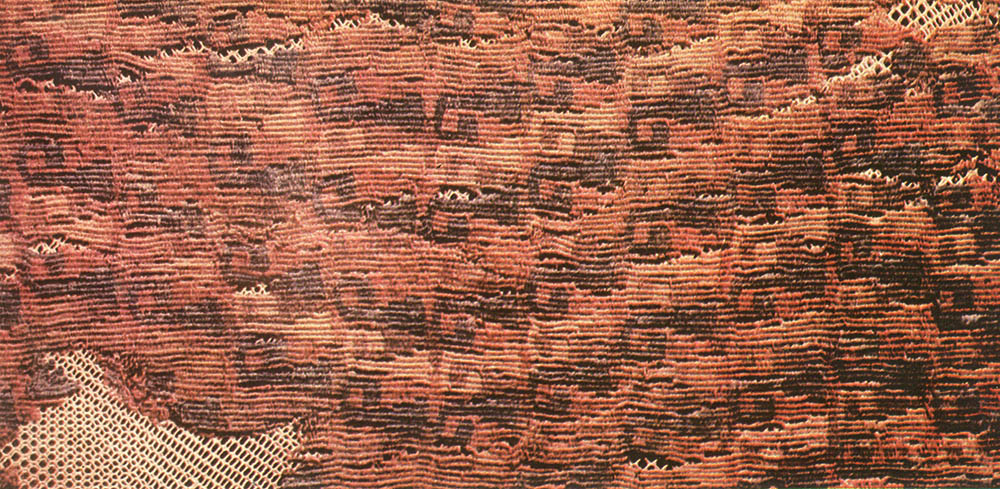Aside from their undoubted aesthetic beauty, understanding and appreciating the true value that Anatolian Rugs and Rug Family in general contain, we think that it comes down to examine their ancient history and tradition.
The history of flatweaves are, in many ways, directly related to comprehend the living conditions and stories of nomadic cultures. Furthermore, historical observations consistently highlight the dynamic interplay between living conditions and production, illustrating how these two elements continually shape and mutually influence each other.
This initially leads us to examine the needs and lifestyle of nomadic culture.
The history of flatweaves (“Rugs” as used in dairly language for all sorts of flatweaves), which are the subject of Anatolian Rug, was first found in the excavations of Gordion Phrygians (7th century BC) in Anatolia.
In these excavations, the oldest type of The Most ancient Anatolian Rug by wool, goat hair and linen similar to sumac, cicim and kilim woven with techniques similar to today's flatweavings were found. Also, remains of weaving pieces were found on the floor of a room in Megaron 3rd in Gordion (690 BC) (The rug visual in the above belongs to that excavations).
As we will be elaborating in detail in the upcoming blogs, the product formed by two or more yarn groups passing between each other with various different combinations is called “weaving”. Weaving can be done by hand, today also by machines.
Flatweaves are a type of weaving that is completely woven by hand for centruies. Although rugs have been used for centuries by nomadic societies for purposes such as protection, aesthetics and building tents and so on, in fact, these works of art both conveyed history through symbols and became a means of preserving and keeping the identities of nomadic cultures alive.
Anatolian Rug means examining thousands of years old motifs, deciphering their meaning, digging down to the source of Anatolia's past and making a legendary journey into the imagination of different ethnic groups.
In our upcoming blogs, we will be researching the details of this endless depth of historical value. Keep following this journey with us.

